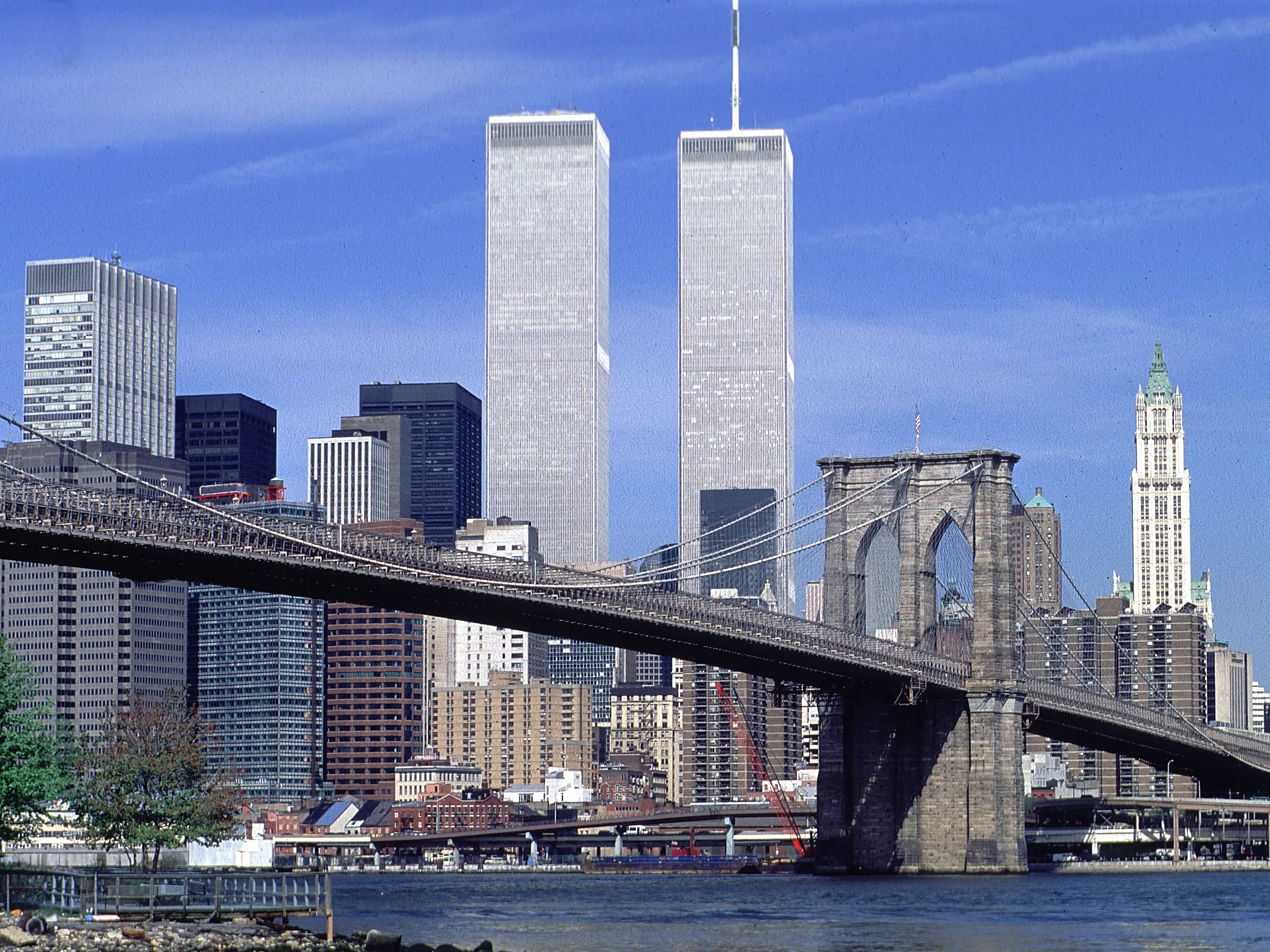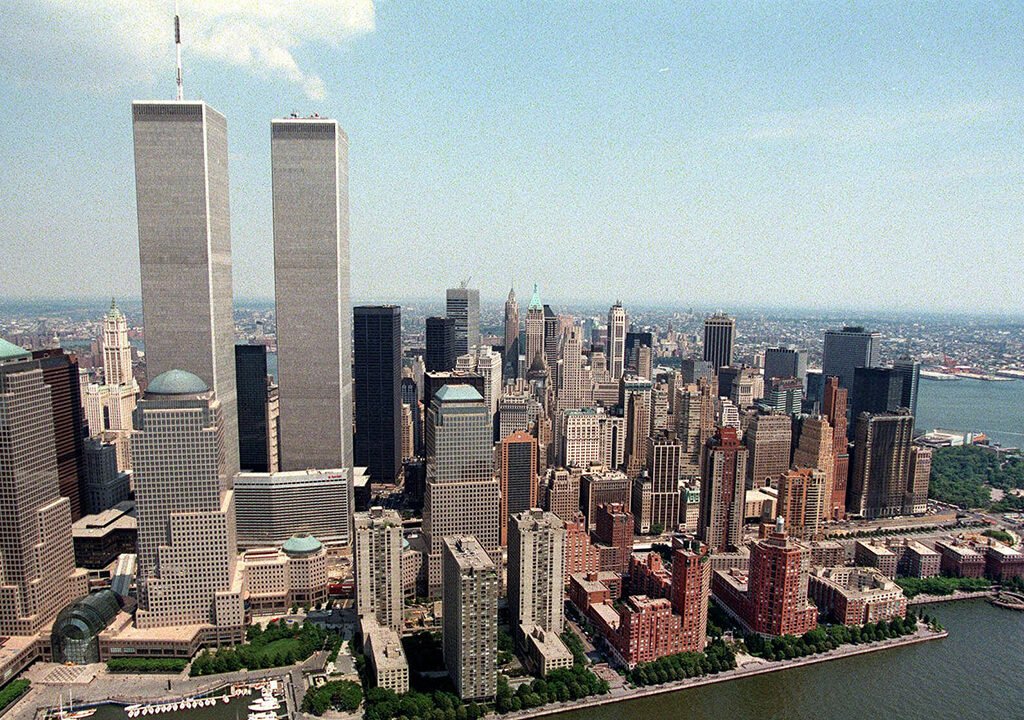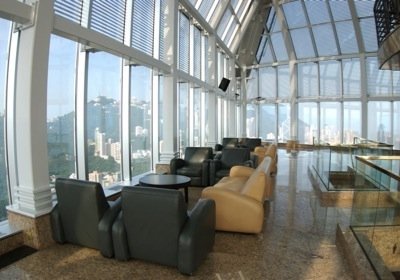Twin Towers

The Twin Towers of the World Trade Center in New York City were iconic skyscrapers that dominated the Manhattan skyline before their tragic destruction during the September 11, 2001, terrorist attacks.
1. Historical Background
The Twin Towers were part of the original World Trade Center complex, which was designed by architect Minoru Yamasaki and developed by the Port Authority of New York and New Jersey. Construction began in 1966, and the North Tower (WTC 1) was completed in 1972, followed by the South Tower (WTC 2) in 1973.
- World Trade Center Concept: The project aimed to symbolize world peace through trade, reflecting the optimism of post-World War II international relations. The idea of a trade center was first introduced by David Rockefeller to boost New York’s role in global commerce.
2. Architectural Design
- Height and Structure: The Twin Towers were among the tallest buildings in the world at the time. The North Tower stood at 1,368 feet (417 meters), and the South Tower at 1,362 feet (415 meters). They had 110 floors each and utilized a “tube-in-tube” structural design, which allowed for open office spaces by moving support columns to the building’s perimeter.
- Innovative Design: The towers were revolutionary in using a lightweight, steel-frame construction and a facade of closely spaced steel columns, providing the strength needed for such height without making the structure overly heavy. They were also the first buildings to exceed 100 stories.

3. Cultural Significance
- Iconic Status: The Twin Towers quickly became a symbol of New York City and American economic power. Their distinct shape and immense scale made them a centerpiece of the Manhattan skyline. The towers were featured in numerous movies, TV shows, and artworks.
- Tourist Attraction: The World Trade Center had an observation deck on the 107th floor of the South Tower, where visitors could enjoy panoramic views of the city. There was also an indoor viewing area in the North Tower.
4. Economic Hub
- The complex housed many financial institutions, businesses, and international organizations, contributing significantly to New York’s role as a global financial hub. The towers had office space for over 50,000 workers and hosted 200,000 daily visitors.
5. The Tragic End: September 11, 2001
- Terrorist Attack: On the morning of September 11, 2001, two hijacked planes, American Airlines Flight 11 and United Airlines Flight 175, were flown into the North and South Towers, respectively. The impact and subsequent fires caused both towers to collapse within hours, resulting in the deaths of 2,753 people.
- Collapse Mechanism: The combination of the initial impact, fire, and weakened steel structure led to a catastrophic failure. The weight of the upper floors caused a progressive collapse, leading to the towers’ fall in a matter of seconds.
6. Aftermath and Legacy
- Reconstruction and Memorial: In the years following the attack, Ground Zero became a site of national mourning. In 2014, the One World Trade Center (Freedom Tower) was completed, standing 1,776 feet tall, a symbolic reference to the year of American independence.
- National 9/11 Memorial and Museum: Located at the site, this museum and memorial honor the victims of the 9/11 attacks and the 1993 World Trade Center bombing. The memorial features two reflecting pools set in the footprints of the Twin Towers, engraved with the names of the victims.
7. Cultural and Emotional Impact
- Global Impact: The collapse of the Twin Towers sent shockwaves around the world, marking the beginning of a new era in global security and international relations, particularly the U.S.-led War on Terror.
- Symbol of Resilience: Despite their tragic destruction, the towers became a lasting symbol of American resilience and unity in the face of adversity. The image of the towers remains etched in global memory, representing not only loss but also hope, as reflected in the rebuilding of the site.
8. Fun Facts
- Daredevil Feats: In 1974, French high-wire artist Philippe Petit famously walked between the two towers on a tightrope, an event that became legendary and was later adapted into the film “The Walk” (2015).
- Movie Appearances: The towers were featured in several iconic films, including “King Kong” (1976) and “Home Alone 2” (1992), symbolizing New York City’s grandeur.
9. Engineering Feat

- Sky Lobbies and Elevators: The towers employed a unique sky lobby system, where elevators would take people to transfer floors for express service. This design was necessary due to the height and was one of the earliest uses of such a system.
The Twin Towers were not just architectural marvels; they became a global symbol of strength, hope, and the perseverance of the human spirit. Their legacy lives on in the rebuilt One World Trade Center, the memorials, and in the hearts of those who remember them.








